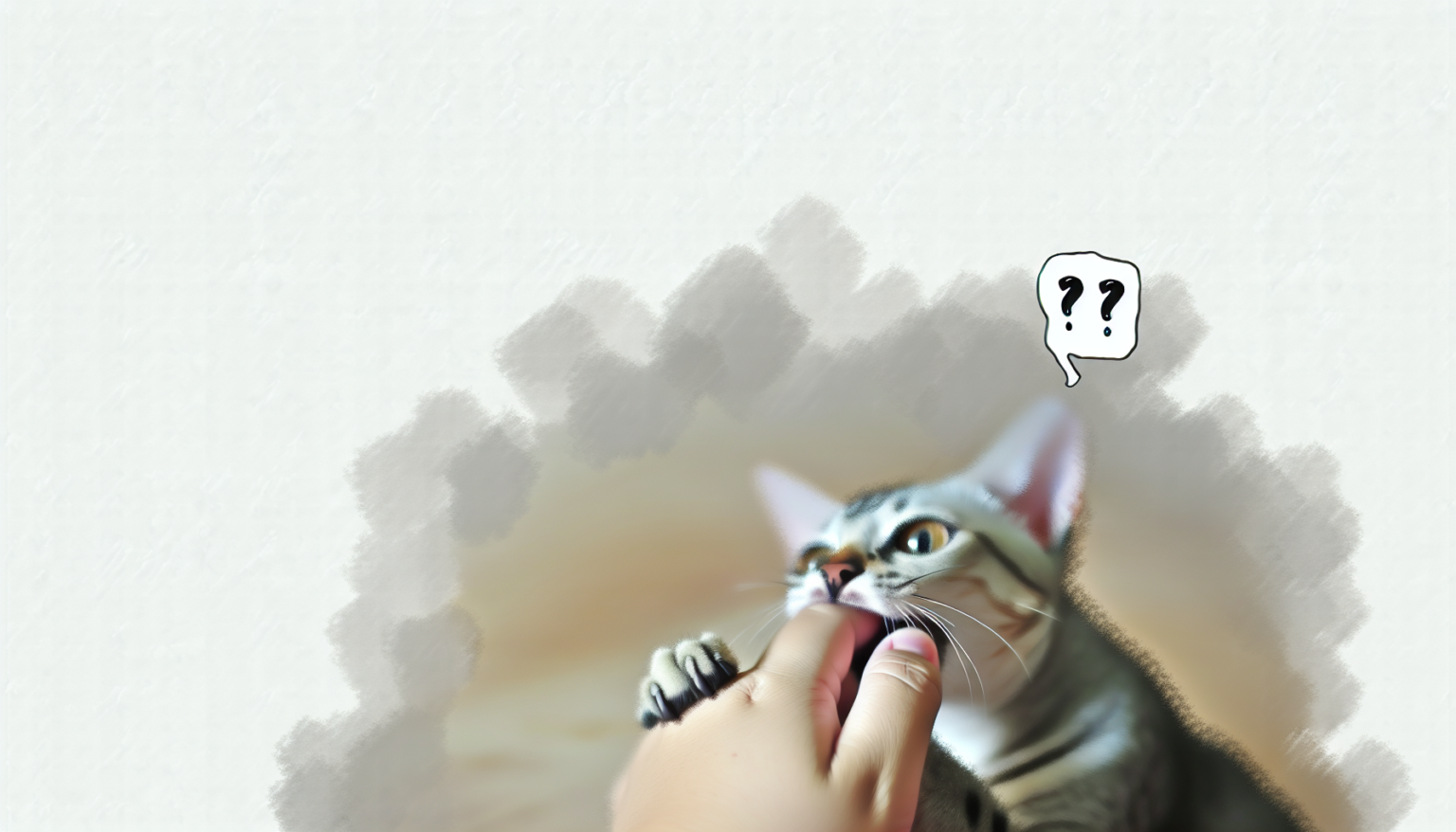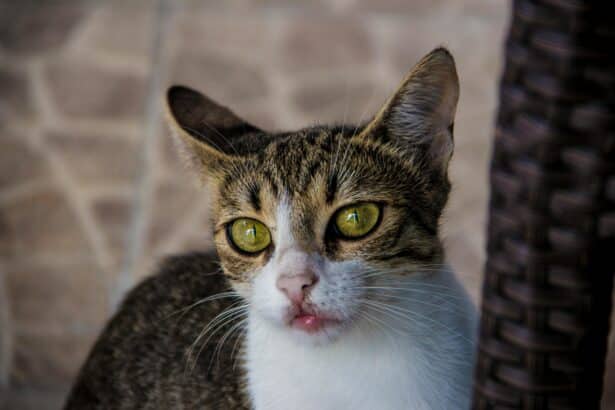Your cat sinks tiny teeth into your hand and you’re torn between “Ouch!” and “What was that about?” You’re not alone. Biting can mean fear, excitement, overstimulation—or just a playful misfire. The good news? Once you decode the signals, you can redirect those nibbles into gentler habits and keep cuddles sweet.
Spot the signs before a bite
Cats rarely bite out of nowhere. They usually warn us first. Watch for a twitching tail tip, flattened ears, dilated pupils, or a stiff, low body. These are your cat’s polite “I’ve had enough” hints.
- Tail flicks or lashes: rising irritation.
- Ears rotating back or flat: discomfort or stress.
- Whiskers pushed forward: intense focus (often in play-hunt mode).
- Skin rippling on the back: overstimulation from petting.
Want to get fluent in feline clues? This quick guide helps you interpret your cat’s vocal and body language so you can step back before teeth get involved.
Why does my cat bite me?
Play and predatory practice
Play biting is common, especially in kittens. It’s how they rehearse hunting. The key difference? Play bites are quick, controlled, and usually paired with pouncing or bunny-kicking.
Redirect that energy: use wand toys, throw crinkle balls, or drag a string toy along the floor. The rule is simple—hands pet, toys play.
Overstimulation from petting
Some cats adore affection… until they don’t. Petting can build up sensory overload and trigger a quick nip. Focus on preferred zones (cheeks, chin, base of ears) and keep sessions short and sweet.
Watch the tail tip: when it starts to flick, pause and give your cat space. This small adjustment prevents most “love bites.”
Fear or self‑defense
A cornered or startled cat may bite to feel safe. Move slowly, avoid looming over your cat, and let them approach you. Offer a finger to sniff before petting and keep escape routes open.
Pain or medical discomfort
Biting during grooming, being picked up, or petting a specific area can flag pain. If biting is new or escalating, a vet check is wise to rule out dental pain, arthritis, or skin issues.
Training can help too. Here are gentle cat training basics to teach bite inhibition and calm behaviors without stress.
What to do right after a bite
- Stay calm and still. Pulling away fast can tear the skin and trigger chase.
- Gently separate, then leave the room for 30–60 seconds—no drama, no eye contact.
- Wash the wound with warm soapy water, pat dry, and apply antiseptic. Cover if needed.
- Monitor for redness, warmth, swelling, or pus. Seek medical advice if symptoms appear or the bite is deep.
Surprising fact: the little “bite then lick” combo often means “I’m overstimulated but still fond of you.” It’s mixed messaging—take it as your cue to pause!
Prevent bites before they happen
Set clear play rules
- Never use hands as toys. If teeth touch skin, freeze, stop play, and switch to a wand or chew toy.
- Rotate toys daily to keep your hunter satisfied and less likely to ambush your ankles.
- Offer short, frequent play sessions to drain that prey drive.
Common mistake to avoid: scolding or tapping the nose. Punishment increases fear and can escalate biting. Instead, remove attention for a moment and reward calm, gentle behavior.
Create a calm, cat‑friendly routine
- Try a predictable rhythm: play → meal → rest. It mimics a natural hunt-cycle and lowers frustration.
- Provide vertical perches and hideaways so your cat always has a safe exit.
- Sprinkle scratchers around “ambush zones” like hallways to redirect energy.
If tension or hiding is frequent, these signs of feline stress can guide you to the right solutions.
An original, bite‑saving tip
Make a “bite mat”: a small textured mat scented lightly with catnip or silvervine, plus two chew‑friendly toys attached by elastic. When your cat goes for your hand, slide the mat between you and let them chomp the toys instead—it’s a portable, irresistible redirect.
Curious about the many reasons behind nips? Explore why cats bite and how to read the context fast.
Building trust and better cuddles
Short, positive petting sessions work wonders. Let your cat initiate, stick to favorite zones, and check in with their body language often.
End interactions on a good note—treats after calm cuddles teach your cat that gentle contact pays off. That’s the secret to a softer, happier routine for both of you.
Getting hand bites during play? These focused tips explain why a cat targets your hands and how to redirect like a pro.
FAQ
Why does my cat suddenly bite me while I’m petting?
Likely overstimulation. Stop before the tail flicks and pupils widen. Pet cheeks and chin, and keep sessions short.
How do I stop my kitten from play biting?
Hands never play. Use wand toys, freeze when teeth touch skin, then resume with a toy. Repeat consistently.
Should I punish my cat for biting?
No. Punishment fuels fear and more biting. Briefly end attention, then reward calm, gentle behavior.
When should I see a vet about biting?
If biting is new, linked to touch in one spot, or your cat shows pain, schedule a check to rule out medical causes.







